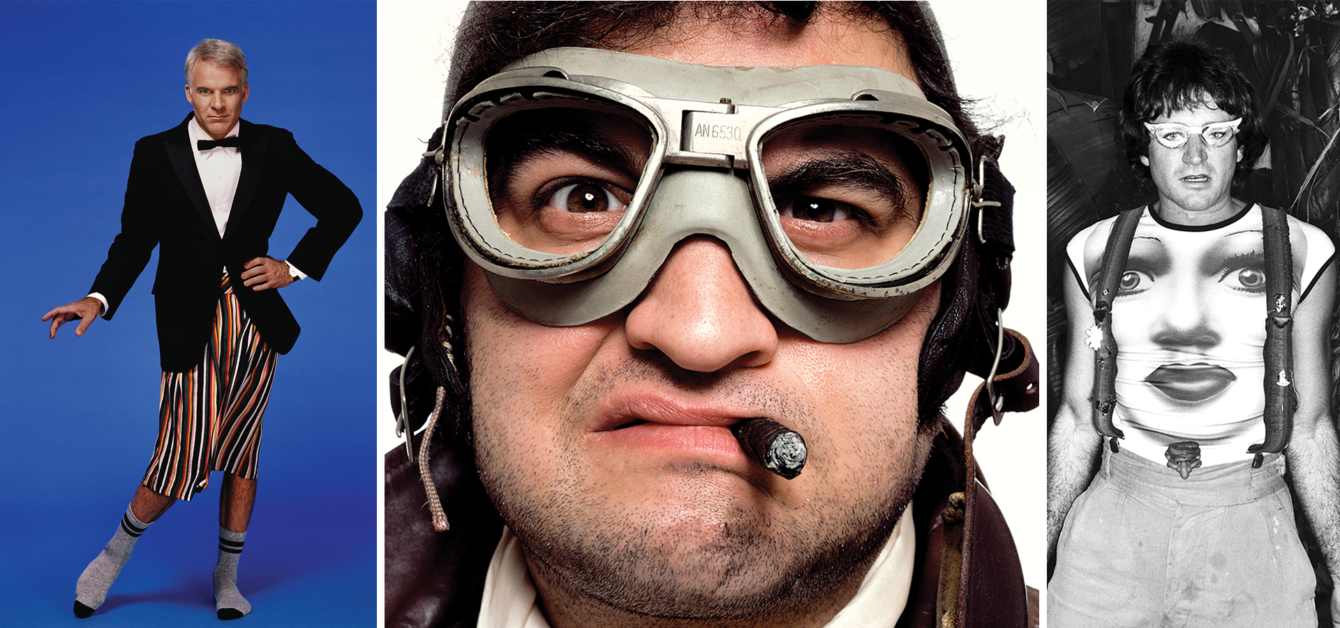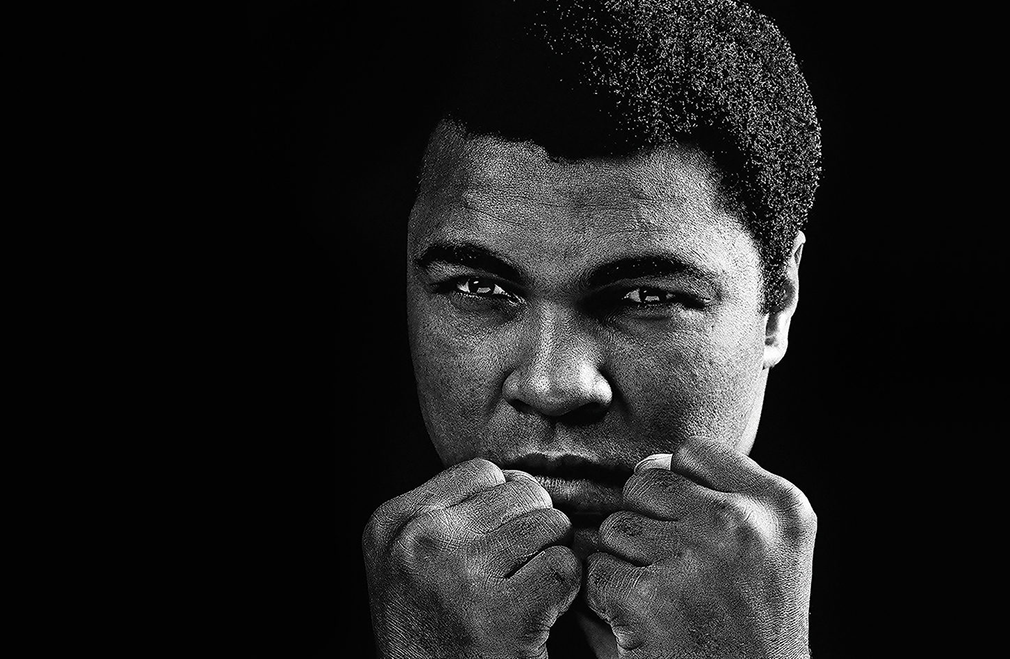Capturing 40 Years of Famous Faces with Photographer Bonnie Schiffman
Some of her faves.
-
CategoryArts + Culture, Visual Art
-
Written byLinda Grasso
-
Photographs courtesy ofBonnie Schiffman
“It all started with lunch,” Bonnie Schiffman explains when asked how she was able to get her subjects to relax, have fun and trust her creative judgment. “Back in those days, it was just me and the person I was shooting. No publicists came. I’d invite the person over to my home, which was near what is now The Grove, and serve lunch. Then we’d get to work.”

That intimate setting—coupled with Bonnie’s innate ability to connect with her subjects—created riveting images. Take, for example, a shot of Martin Short naked, covered by a gigantic leaf. “People just trust me,” she explains. And that trust fostered long-term relationships and repeat assignments. She photographed Robin Williams, Billy Crystal and Whoopi Goldberg many times over the years.
A quote from Billy is featured on Bonnie’s website: “She caught a side of me that’s more revealing than any other portraits I have. When I look at this shot, I understand why I actually enjoy being before Bonnie’s camera.”

Ask her about Robin, whom she started working with in his Mork & Mindy days, and she takes a deep breath. “He was just amazing. A real genius.”
Bonnie’s love of photography blossomed out of a class she took at Van Nuys High School (she grew up in Sherman Oaks). After graduating, she attended CSUN but dropped out after two years. Her brother, the manager Todd Schiffman, was an agent at the time, and his clients included Janice Joplin and The Doors. That offered her a sneak peek into the music world—and she was intrigued

“I started shooting musicians. I’d go to the Troubadour and sit in the front row and just take pictures of, say, Joni Mitchell or whoever was there that night,” she says. Without an appointment, in 1974 she took her portfolio to A&M Records, “the coolest place on the planet,” talked her way inside, and ultimately got offered a job.
Relaxing on a sofa at her Sherman Oaks home, she is surrounded by some of her most iconic portraits, which have graced publications from Rolling Stone, where she started working in the mid-1970s, to People. In addition to shooting for magazines, Bonnie would regularly shoot for movie studios, snapping shots used for promotional posters.
“I started my career by shooting musicians, but then shifted my focus to comedians,” she says. “But there are no boundaries when it comes to subjects.” As someone who has a keen appreciation of art, Bonnie has also shot many artists, including Edward Ruscha and Andy Warhol.
Stories come with every photo. She points to the close-up of Muhammad Ali (one of her favorites) that was ultimately used for a Tag Heuer ad campaign. “We went to his house. It was fairly early on in his illness (Parkinson’s disease). He was kind of quiet and at times nodded off. But then when I started shooting, he came alive as Muhammad Ali, raising his fists. It was so powerful.”

Bonnie’s portfolio includes numerous shots of celebrities before they were household names. Jerry Seinfeld sitting in a big red chair before his sitcom had hit the airwaves. Steve Martin lying on his bed in his Hollywood apartment eating Froot Loops cereal. A tight shot of Eddie Murphy when he was just a newbie on Saturday Night Live. A baby-faced Bruce Willis in a convertible, just as Moonlighting was taking off.
These days, with her photos displayed at more than 50 museums around the world, Bonnie is busy organizing and archiving her body of work from the past 40 years.
“I’m concentrating on getting more of my work out into the world via social media, galleries, hotels, businesses, etc. I want lots of people to be able to enjoy my iconic images of famous people,” she says.
For more on Bonnie and her work, go to bonnieschiffman.com.
New Info Reveals Increased Dangers of Vaping
The CDC is investigating a number of severe pulmonary and respiratory illnesses found in users of nicotine-and THC-based products.
Hey, Weekend: Winter Wandering in Beautiful Lake Tahoe
From daytime adventure to cozy après evenings.
Wildflower Frenzy: Where to Spot the Blooms this Spring
Wildflower frenzy is taking over the Golden State!
Get the Latest Stories







